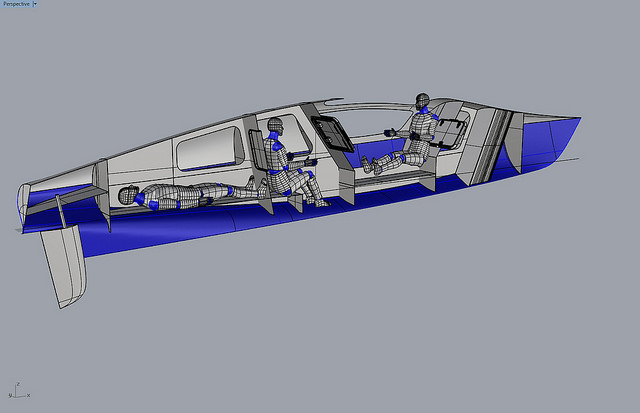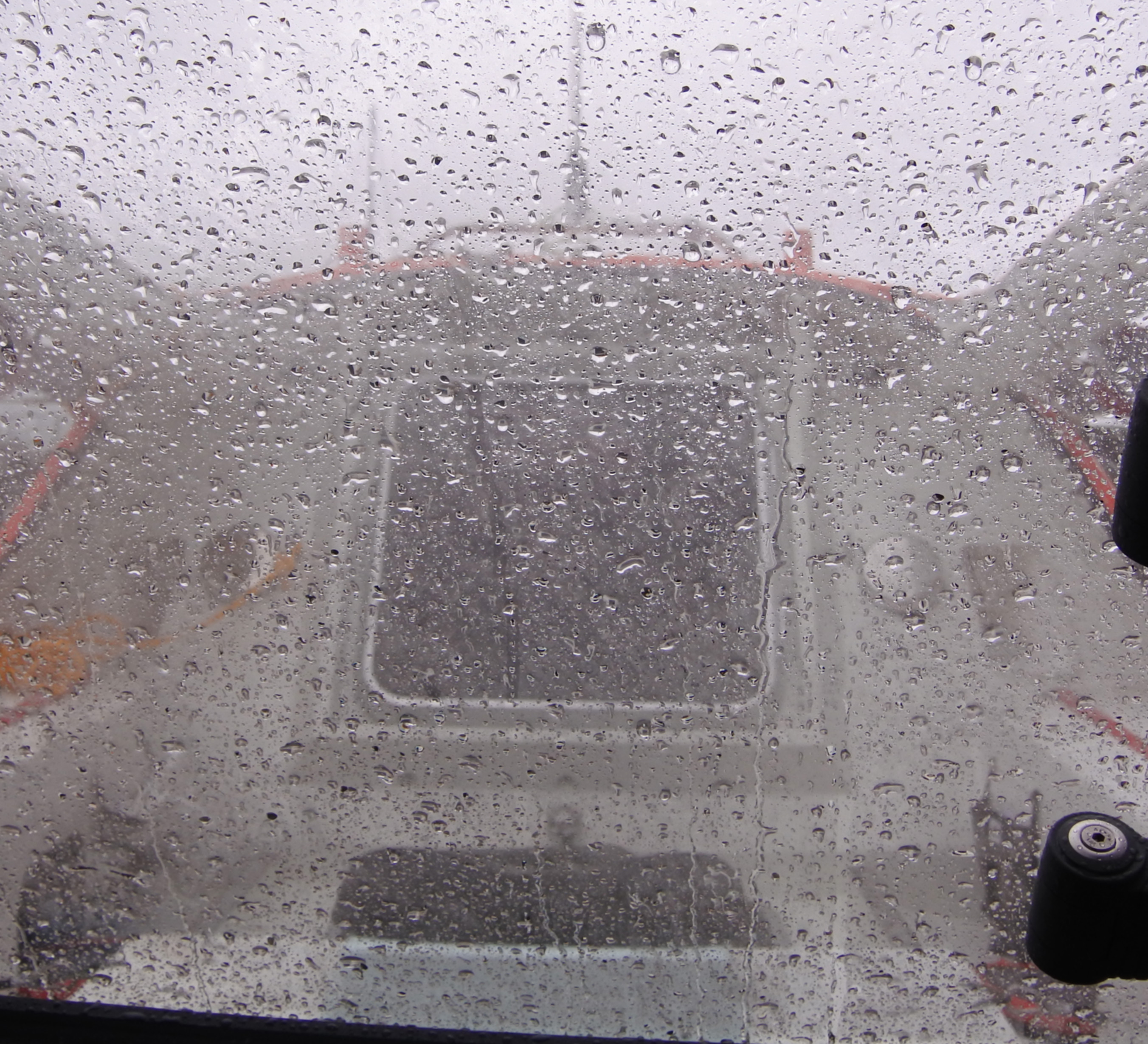Day 129
A message from Fedor Konyukhov:
“All is well with me. It was a difficult week. The Ocean gave me a serious beating. All week storm after storm passed over the boat, though it would be more accurate to say that the boat entered their territory. Here, at 1,000 miles to the Drake Passage, there won’t be any other kind of weather. This is Cape Horn, and the Cape Horn cliff is a symbolic place. Here it is always storming. I know from previous journeys. The difference lies only in the intensity of the storms and direction of the wind. In a yacht you travel with the storm and can travel 250-300 miles a day, while in a rowboat the storm passes through you.
We had two days of intense weather, with North-Westerly winds, which changed to South-Westerly with the wind-waves staying North-Westerly. The waves were gigantic. It’s not so frightening at night, but you look through the hatch during the day and the whole scene gives you goose bumps. Several times the boat nearly capsized falling from the crest of a wave. It was as though the deck would shatter under its own weight. The sensation was like being thrown off a balcony – a boom and a crack.
My advice to our boatbuilder friends from ‘Rannoch Adventure’ is to test not only the boat’s ability to return to even keel after capsizing, but also its durability for falling from a 5-metre height. When we tested the hull of the rowboat “AKROS” in England, we should have lifted her in a crane and dropped her, preferably with a full complement of equipment on board, from a 5-metre height onto the water. In England, we were too gentle with it while performing rollover tests.
On the night of Friday to Saturday, there were several times when the boat remained on its side after falling and I wondered whether the hull has cracked and she was taking on water. If water gets into any compartment on the boat, it would no longer be capable of returning to an even keel. Positive buoyancy would be preserved thanks to the other compartments, but I would be forced to abandon the voyage.
The wind has eased somewhat, to 25-28 knots, but the waves are still large at around 5 metres high, but at least in these conditions I was able to prepare some hot food. I boiled water and rehydrated some freeze-dried food. My food on board was supplied by New Zealand company Radix Nutrition.
Of course, 129 days on sublimated food is tough. I usually add capsules of fish oil, or a spoon of soy sauce or Tabasco to the bags of sublimated food to add up some flavour. The ocean makes me crave sour, salty, and spicy food – any kind of intense flavour.
During the last storm, for all five days I ate dry food, raisins, and biscuits washed down with cold water. I couldn’t make any tea or coffee. At the start I weighed 79 kilograms, I don’t even want to guess how much weight I’ve lost. I’ll find out when I reach land.
Before the storm, I removed the gas canister from the stove and wrapped it in protective bubble plastic in case the boat capsized and the canister somehow came loose. The last thing I would need is a gas leak in the cabin. There isn’t much air to breathe in here as it is.
In a long storm it is hard to breathe. Everything, including the air vents, is battered by the waves passing through the boat from stern to bow. When it becomes completely unbearable, I open the entrance hatch to get some air. I sit in suspense, afraid to miss the moment the next wave passes through the boat. At that moment I need to close the hatch in time, else it will simply be torn off and hundreds of litres of sea water will engulf the cabin, and that would be a catastrophe. Until then, while the boat’s hull remains whole and it has not taken on water, I have a chance of surviving and continuing the journey. But if the hatch comes off, then there’s nothing to be done here anymore. Yes, the boat has 4 waterproof compartments, but if one of them is flooded, then I will no longer be able to independently continue the voyage.
Thank you all for your messages and support which you have sent me via the Bysky messaging service. To those who write but do not believe that I am here in the Southern Ocean. What can I tell you? This voyage has challenged all of my spiritual and life experiences, and all of the survival skills I have acquired in 40 years of travelling. If I had taken this journey as a young man, I would not have made it even half of the way. On this voyage, physical strength is of secondary significance. What physical strength can a man bring to bear against the Southern ocean? You can only survive out here if you become a part of the ocean, flowing with the waves and wind. A carbon-fibre oar the thickness of a man’s arm can be snapped like a matchstick. If you lose concentration for a second, a wave will twist the boat in such a way that the handle of the oar will break a rib or dislocate your shoulder. So, my disbelieving friends, forgive me, but I did not come to the Southern Ocean to entertain you. I myself believe with difficulty that I have survived for 129 days in these latitudes. God willing, I will traverse the remaining miles to reach Cape Horn and step out onto dry land.
Greetings to all,
52’41 South, and 89’06 West
It is 787 nautical miles to Cape Horn.
I have travelled 9,888 kilometres (5,495) nautical miles from the starting point.


